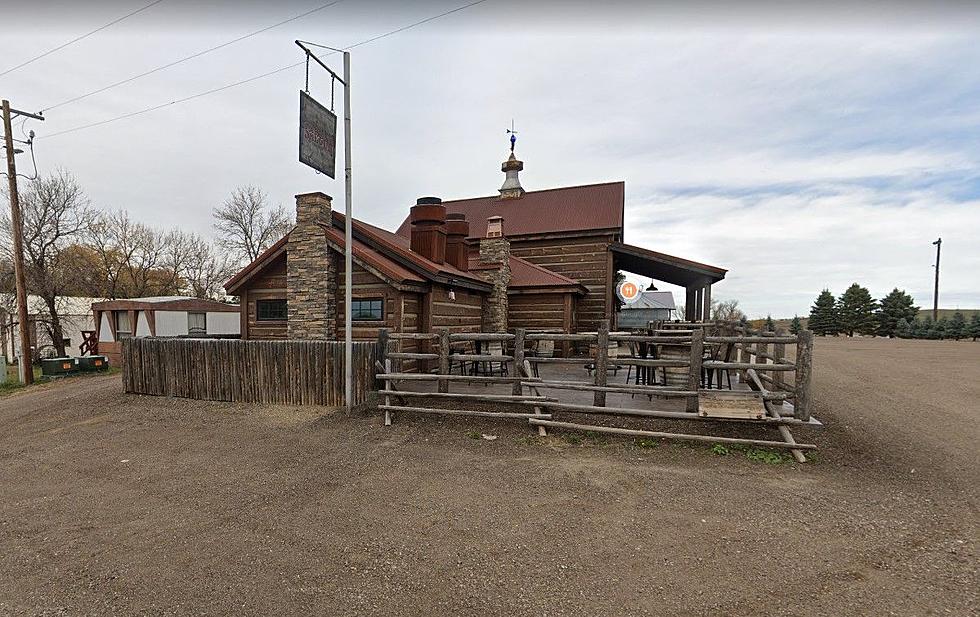
Predicted Summer Weather Outlook For North Dakota
The National Weather Service Climate Prediction Center has come out with its three-month outlook for summer.
The meteorological summer season runs from June through August and the latest prediction shows we could be in for a more average summer temperature-wise. Here's a map showing what temperatures might look like this summer in North Dakota.
As you can see by the map above it looks like even money for average summer temperatures for most of North Dakota, with the exception of extreme southwest North Dakota where it could be a little bit warmer than normal.
In case you are wondering, what are considered average temperatures for June, July, and August in Bismarck Mandan?
In June the average high temperature is 75 degrees, in July it increases to 82 degrees, and in August it falls slightly to 80 degrees, according to the National Weather Service.
What about precipitation in North Dakota this summer?
We are expected to move into a La Nina pattern by late spring, and that can sometimes mean a more active pattern for North Dakota. The latest drought monitor shows that a good share of North Dakota is abnormally dry. Extreme northeast North Dakota is in an extreme drought. Other parts of the state are in a moderate drought.
The only part of the state that has had adequate moisture is a good share of our listening area in south-central North Dakota. Here's a look at the latest drought monitor map.
Both Burleigh and Morton County are in good shape right now. That could change however according to the summer precipitation outlook from the National Weather Service. Here's a look at that map.
As you can see by this map, right now the summer precipitation favors slightly below normal moisture for North Dakota, with the exception of northeast North Dakota.
On average, Bismarck Mandan will see 8 days of rain in June, 7 in July, and 5 in August. Let's hope we are at least closer to average to keep the drought away.
LOOK: The most extreme temperatures in the history of every state
Gallery Credit: Anuradha Varanasi
Check Out North Dakota's 11 Biggest Redneck Towns
More From US 103-3









